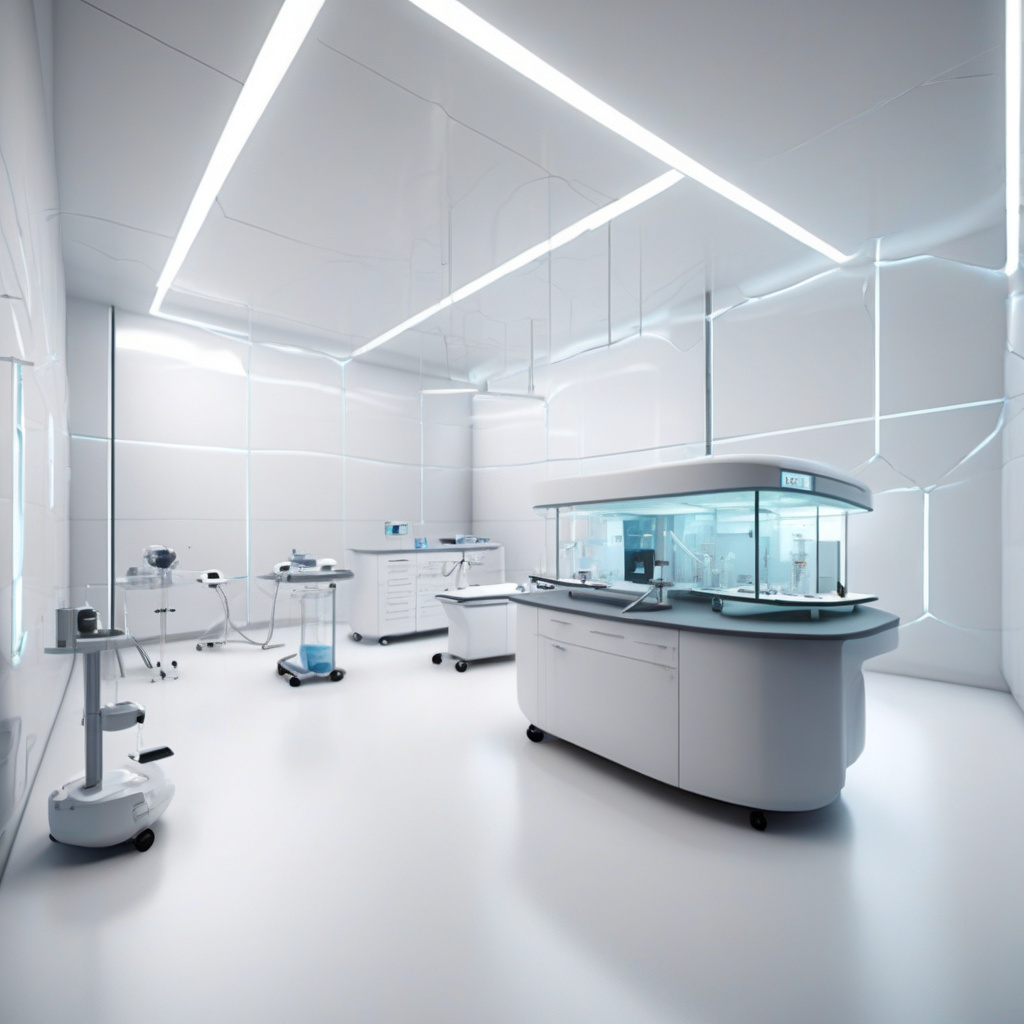New graphene-based breath sensor identifies diabetes and prediabetes in minutes
Diagnosing diabetes could soon be as easy as breathing. Researchers at Penn State have developed a groundbreaking graphene-based breath sensor that can detect diabetes and prediabetes in a matter of minutes. This innovative technology has the potential to revolutionize the way these conditions are diagnosed and managed, offering a non-invasive and efficient solution for millions of people worldwide.
The sensor works by detecting the levels of acetone in a person’s breath. Acetone is a biomarker that is elevated in individuals with diabetes and prediabetes. By analyzing the acetone levels in exhaled breath, the sensor can accurately identify whether a person has normal blood sugar levels, prediabetes, or diabetes. This information can provide valuable insights for healthcare professionals to intervene early and prevent the progression of the disease.
One of the key advantages of this graphene-based breath sensor is its speed and accuracy. Traditional methods of diagnosing diabetes often involve blood tests that can be time-consuming and require laboratory analysis. In contrast, the breath sensor provides instant results, allowing for immediate intervention and treatment. This not only saves time but also reduces the burden on healthcare systems and improves patient outcomes.
Moreover, the non-invasive nature of the breath sensor makes it ideal for monitoring diabetes and prediabetes over time. Patients can easily use the sensor at home to track their acetone levels regularly, providing valuable data for healthcare providers to adjust treatment plans accordingly. This proactive approach to managing diabetes can help prevent complications and improve the overall quality of life for patients.
The use of graphene in the sensor is another significant development. Graphene is a highly sensitive material that can detect trace amounts of acetone with high precision. Its unique properties make it an ideal candidate for medical applications, where accuracy and reliability are paramount. By harnessing the power of graphene, the breath sensor offers a cutting-edge solution for diagnosing and monitoring diabetes.
In addition to its diagnostic capabilities, the graphene-based breath sensor also has the potential to revolutionize research in diabetes. By providing real-time data on acetone levels in breath, researchers can gain a better understanding of the disease and develop new treatment strategies. This continuous monitoring technology opens up exciting possibilities for personalized medicine and targeted interventions in diabetes care.
As with any new technology, there are still challenges to overcome before the graphene-based breath sensor can be widely adopted. Regulatory approval, cost-effectiveness, and scalability are all factors that need to be addressed to ensure the sensor’s success in clinical settings. However, the potential benefits of this innovative technology far outweigh the challenges, making it a promising tool in the fight against diabetes.
In conclusion, the development of the graphene-based breath sensor represents a major advancement in the field of diabetes diagnosis and management. By offering a fast, accurate, and non-invasive solution for identifying diabetes and prediabetes, this technology has the potential to transform the way these conditions are detected and treated. With further research and development, the graphene-based breath sensor could soon become a standard tool in diabetes care, improving outcomes for patients and healthcare providers alike.
diabetes, prediabetes, graphene sensor, healthcare innovation, acetone detection












